Cue Cards Guide
Here is a simple guide to incorporate our cue cards seamlessly into your daily interactions.
We have left space for you to name your own cards!
Visual supports, such as picture schedules, cue cards, and visual timers, can significantly aid neurodiverse children. These tools help in understanding routines, transitioning between activities, and providing clear, visual instructions.
Click on the button below to download visual cue cards that you can implement into your daily routine!

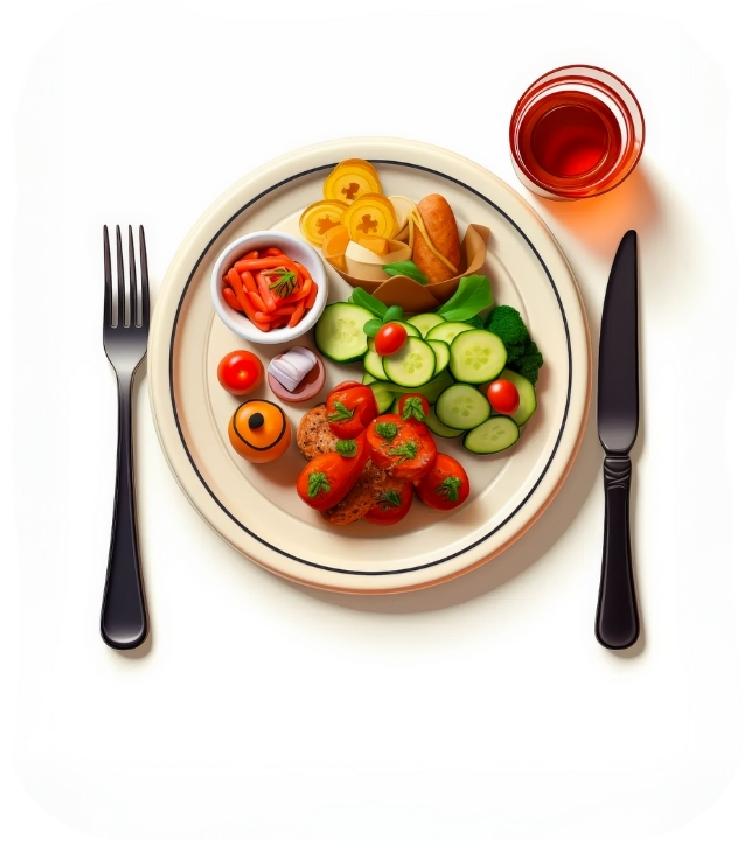
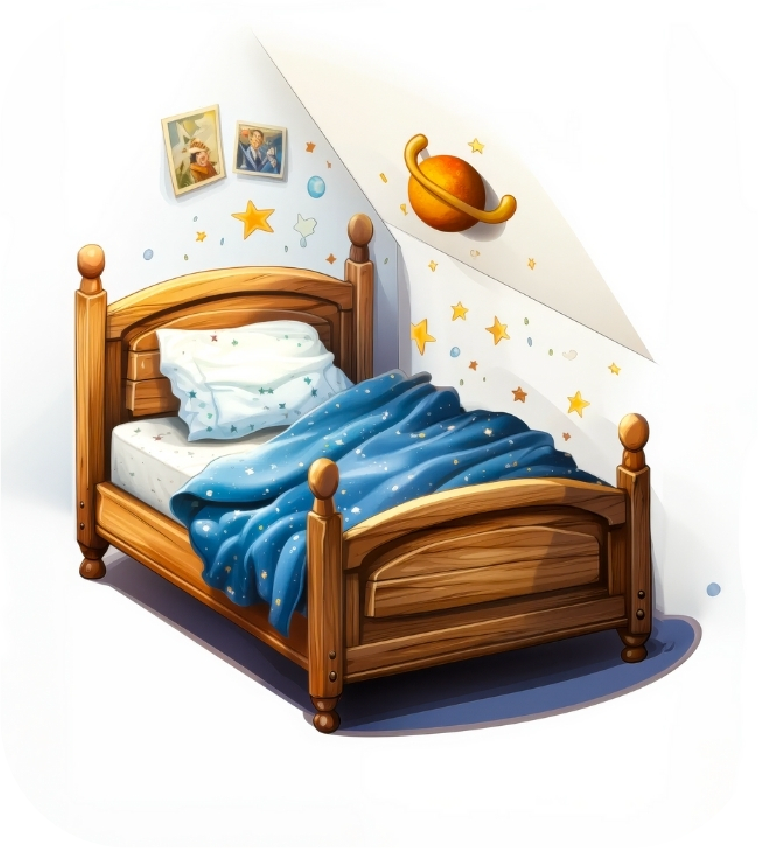
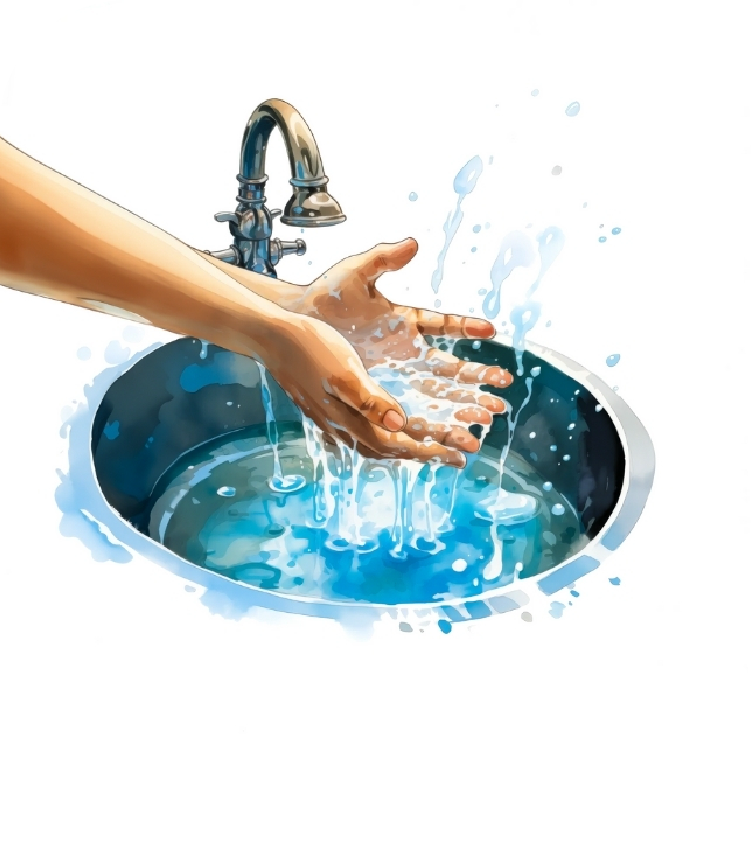
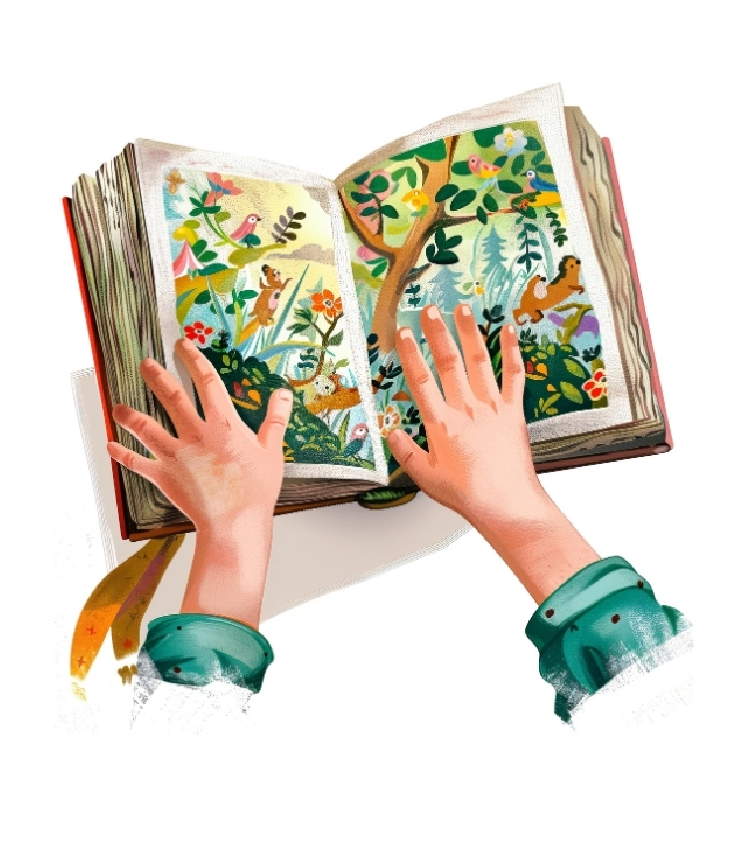
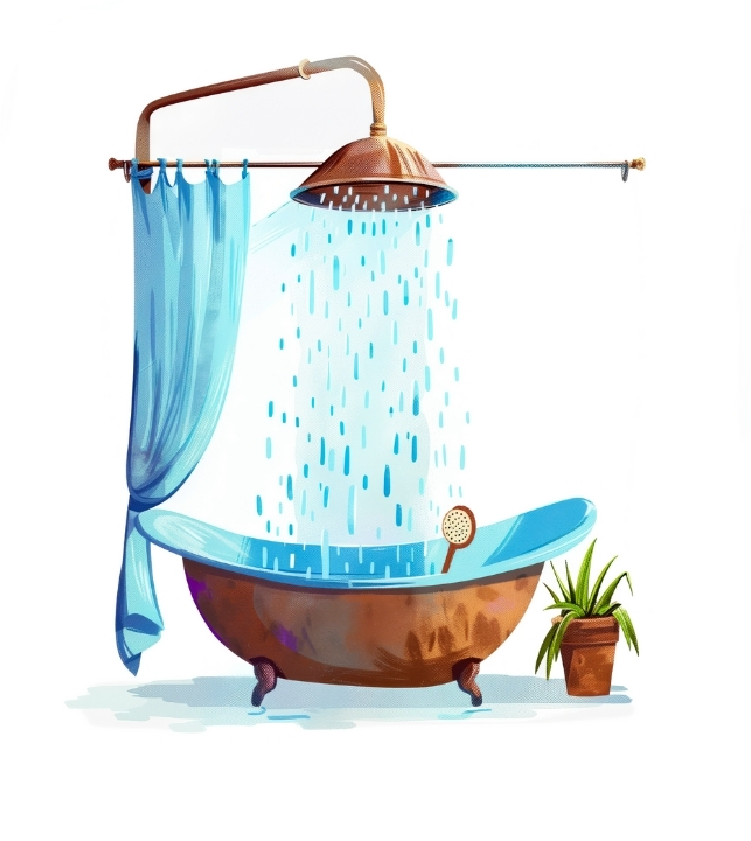
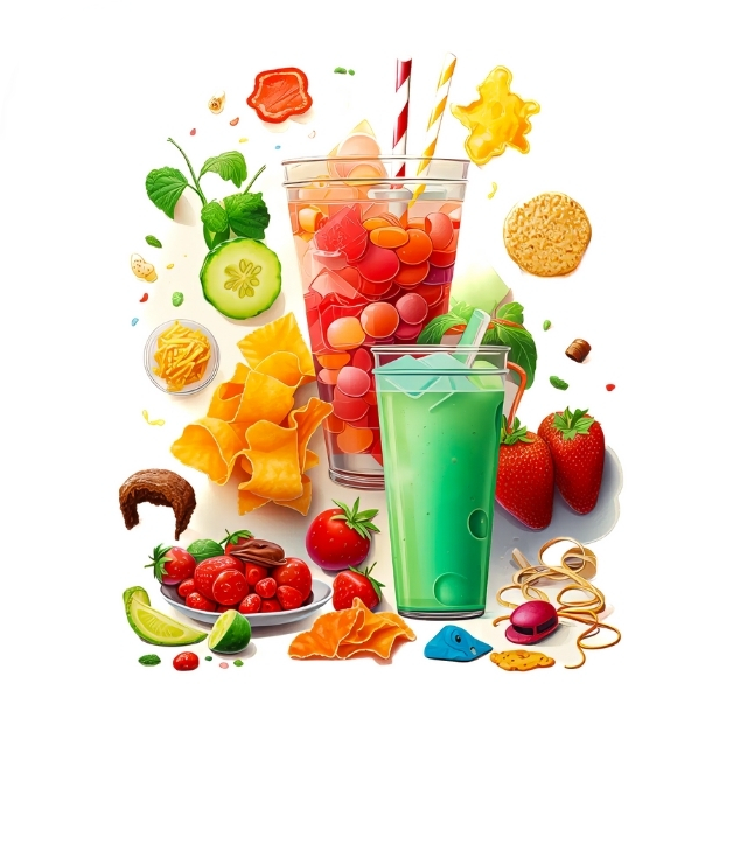
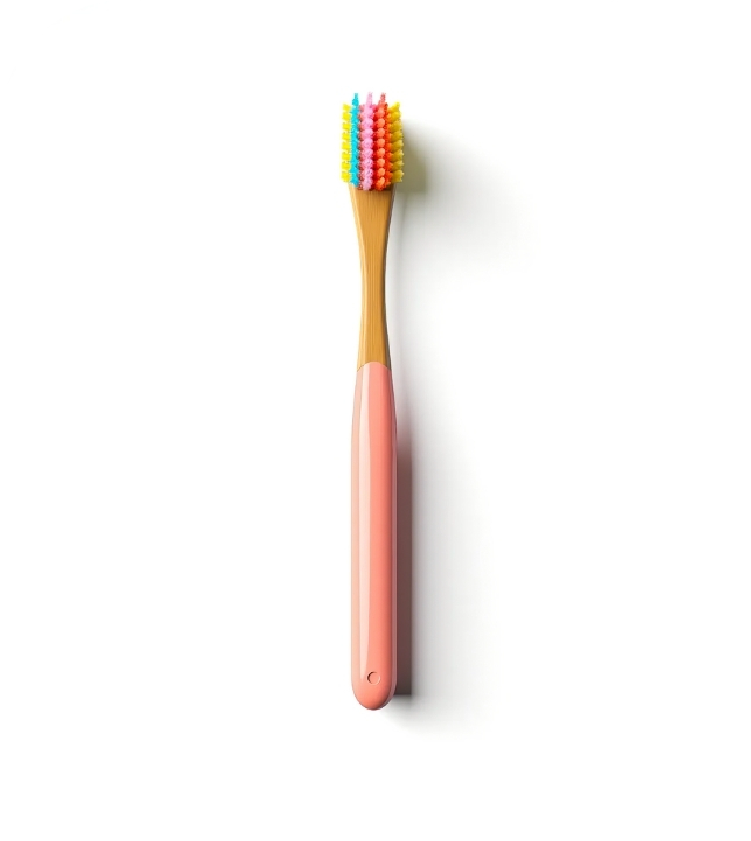
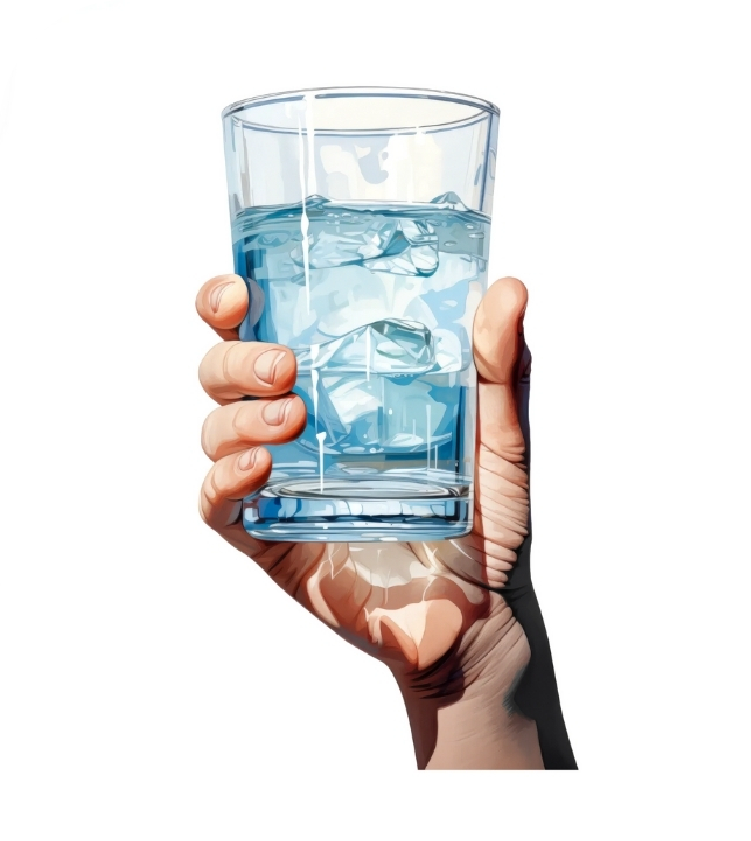

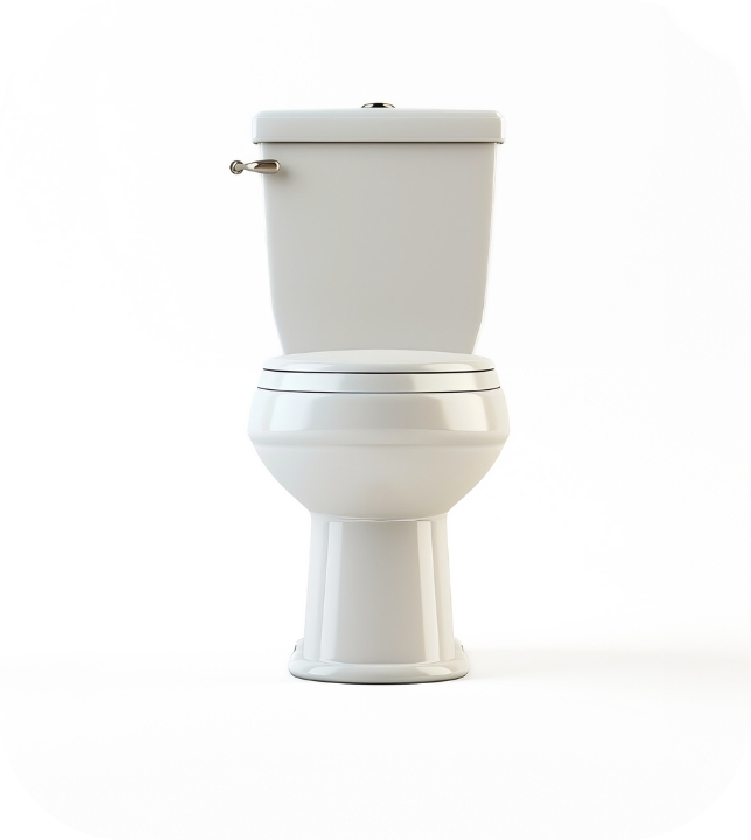
Here is a simple guide to incorporate our cue cards seamlessly into your daily interactions.
We have left space for you to name your own cards!

Implementing this cue card into your child’s routine fosters a sense of responsibility and self-reliance.
Use this cue card:
Before school: Present the card to signal the transition from breakfast to preparing for school.
After bath time: Present the card to reinforce the habit of dressing independently after a bath.
Special occasions: Introduce the “Get Dressed” card as a fun way to pick out clothes for special occasions, helping your child understand the importance of dressing up for certain situations.
Activity preparation: Use the card before activities like painting or cooking to pick out appropriate clothing, such as an apron or old t-shirt.
Transition from playtime: Use the card to transition from playtime to getting ready for the next activity of the day, to teach the importance of daily structure.

Using this card in a child’s schedule not only provides a sense of predictability and routine, it helps establish healthy eating habits and teach time management skills that are crucial for their overall development.
Use this cue card:
Morning Break: Offer the “Snack Time” card mid-morning, after a learning session, to signify a short break for a healthy snack and a moment of relaxation.
After Nap: Show the card after your child wakes from their nap to help them reenergise with a nutritious snack before proceeding with afternoon activities.
Post Outdoor Play: Use the “Snack Time” card after outdoor play to replenish energy spent during physical activities.
Homework Intermission: Present the card during a pause between homework tasks to help maintain focus and energy levels with a light snack.
Before Errands: Introduce the card before running errands with your child to prevent hunger and keep them content while you’re out and about.
Weekend Routine: Utilise the card during the weekends to maintain a consistent eating schedule even when the daily routine changes.

This card serves as a symbolic representation for meal-related activities and as an essential educational aid that helps establish routine and structure in a child’s daily life. By incorporating this visual cue card, caregivers can benefit from its ability to reinforce mealtime habits, promote independence, and enhance a child’s understanding of time management skills.
Use this cue card:
Breakfast Kickstart: Present the “Food Time” card in the morning as a cheerful prompt that breakfast is ready, setting a positive tone for the day.
Lunch Time: Use the card to transition from morning activities to a midday meal, providing a much-needed break and nourishment for the afternoon ahead.
Dinner Gathering: Show the “Food Time” card in the evening to gather family members together for dinner, fostering a time for connection and conversation.
Picnic Announcement: Use the card to excite your child about an outdoor meal like a picnic, creating an enjoyable and memorable dining experience.
Cooking Together: Introduce the card when involving your child in meal preparation, giving them a tangible sense of contribution to the family meal.

This visual cue card serves as a tool for instilling consistent dental-care routines in young children. Incorporating this card into their routine, caregivers can harness the power of habit-building to nurture lifelong dental care practices.
Use this cue card:
Morning Routine: Show the “Brush Teeth” card after breakfast to establish the habit of brushing your teeth at the start of the day.
Bedtime Signal: Present the card as part of the nightly routine, prompting your child to brush their teeth before bed.
After Sweets: Use the card after your child has had a sugary treat to reinforce the importance of brushing to prevent cavities.
Toothache Reminder: In the event your child complains of a toothache, use the card as a visual aid to discuss why frequent brushing is essential for maintaining oral health.

This visual cue card is essential for educating children about the importance of hygiene and health. Displaying the card before meals and emphasising the significance of handwashing, you help children form a habit that protects them from harmful pathogens. This practice instills a sense of responsibility towards personal health and cleanliness from an early age.
Use this cue card:
Before Meals: Present the “Wash Hands” card before breakfast, lunch, or dinner to teach the importance of clean hands prior to eating.
Restroom Routine: Show the card following a trip to the restroom to ensure handwashing becomes a natural part of the bathroom routine.
Back from School: Use the “Wash Hands” card when your child comes home from school to remove germs accumulated throughout the day.
After Pet Play: Offer the card after playing with pets to keep hygiene in check and prevent the spread of pet-borne allergens and germs.
Crafts Clean-Up: Show the card after completing a craft project to wash away any glue, paint, or glitter.
Playground Return: Use the card when returning from the playground to clean any dirt or germs from outdoor play equipment.

This cue card becomes a valuable tool for children to anticipate and get ready for sleep, establishing a consistent nighttime routine. This helps children to better understand and prepare for the bedtime process, leading to a more peaceful and restful night’s sleep.
Use this cue card:
Evening Routine Transition: Use the “Bed Time” card after the evening’s activities to transition into sleep mode, creating a clear distinction between playtime and bedtime.
Post-Bath Relaxation: Present the card following a warm bath to show the next step in the bedtime routine is approaching.
Story Time Segue: Introduce the card to signal it’s time for a bedtime story, helping your child to calm down and get ready for sleep.
Dimming Lights: Show the “Bed Time” card when you lower the lights in the house, associating dim lighting with bedtime.
End of Screen Time: Present the card to mark the end of TV or tablet use, ensuring that screen time doesn’t interfere with falling asleep.

This cue card is designed to be a helpful and engaging reminder for children to stay hydrated throughout the day. Proper hydration is a crucial component of maintaining good health and supports optimal physical and cognitive function.
Use this cue card:
Post-Exercise Hydration: Use the “Drink Water” card after physical activity, such as a sports practice or playing at the park, to replenish fluids lost through sweat.
Midday Reminder: Present the card in the middle of the day to encourage a hydration check-in, especially important on busy days when drinking water might be forgotten.
Weather Prompt: Show the “Drink Water” card during hot or humid weather to remind your child of the need to stay hydrated in the heat.
Before Bedtime: Present the “Drink Water” card in the evening to ensure your child is well-hydrated before going to sleep.
During Long Travel: Use the card on long car trips or flights as a prompt to take water breaks, which can be overlooked during travel.

This visual cue card is a valuable resource for parents and caregivers to help structure a child’s daily routine effectively. By incorporating scheduled breaks and rewarding positive behaviour, you encourage time management and promote a positive environment for your child’s development and well-being.
Use this cue card:
End of Homework: Present the “Fun Time” card after your child completes their homework to reward them with some play.
Chore Completion: Show the “Fun Time” card when your child has finished their chores, offering a pleasurable activity as a form of positive reinforcement.
Afternoon Break: Use the “Fun Time” card as a scheduled break during a busy afternoon, giving your child a much-needed period to relax and enjoy.
Playdate Prelude: Introduce the “Fun Time” card before a friend comes over as a signal that it’s time to play and have fun with their peer.
Screen-Free Transition: Use the card to move from electronic devices to imaginative or outdoor play, supporting a healthy balance between screen time and active engagement.
Surprise Reward: Show the card unexpectedly to surprise your child with spontaneous fun time, fostering a joyful and vibrant family atmosphere.
Learning Incentive: Use the “Fun Time” card as an incentive after a focused learning session, allowing your child to associate hard work with enjoyable rewards.

This visual cue card plays a crucial role in nurturing a passion for reading and developing literacy skills in children from an early age. It encourages regular reading habits and sparks their curiosity, imagination, and a deeper connection with books.
Use this cue card:
Encourages Reading Habits: By presenting the “Read a Book” card at a specific time each day, parents can help establish a consistent reading routine, reinforcing the importance of daily reading.
Bonding Time: The card can denote a special time for parents and children to read together, strengthening bonds through shared stories and adventures found in books.
Transitioning into Downtime: Before bedtime or after high-energy activities, the card can help transition a child into a more relaxed state, making it easier for them to unwind.
Educational Enhancement: Beyond leisure, this card encourages children to explore different subjects and expand their knowledge, supporting their educational development.

This visual cue card is a valuable resource designed to simplify your child’s daily hygiene routine by providing clear visual prompts. By incorporating this tool into your child’s daily routine, you can effectively reinforce healthy habits and promote a positive approach to personal hygiene from an early age.
Use this cue card:
Post-Outdoor Play: Show the “Shower Time” card after your child has been playing outside, especially if they’ve gotten dirty or sweaty.
Morning Wake-Up: Use the card as part of a morning routine to help your child feel refreshed and ready for the day.
Bed Time Ritual: Integrate the “Shower Time” card into their nightly routine, signalling that showering is a precursor to the bedtime process.
Pre-Special Event: Use the card to prompt a shower before attending a special event or family gathering, ensuring your child is clean and presentable.

This visual cue card serves as an invaluable tool for assisting children in recognising and promptly responding to their body’s natural signals, thereby aiding in the development of essential self-care skills.
Use this cue card:
Routine Intervals: Present the “Toilet Time” card at regular times throughout the day to establish a consistent bathroom routine.
Before Leaving Home: Use the card before you go out, to encourage your child to try to use the toilet and avoid the need to find a bathroom while away.
After Meals: Show the “Toilet Time” card after eating, as this is often a natural time for the body to need the bathroom.
Pre-Bedtime: Introduce the card as part of the bedtime routine, so your child can have an empty bladder before sleeping through the night.
Long Intervals: Present the card after your child has gone a long time without asking to use the bathroom, to prevent accidents.
Signs of Discomfort: Use the card when your child shows any physical signs of needing to use the toilet, such as fidgeting or holding themselves.
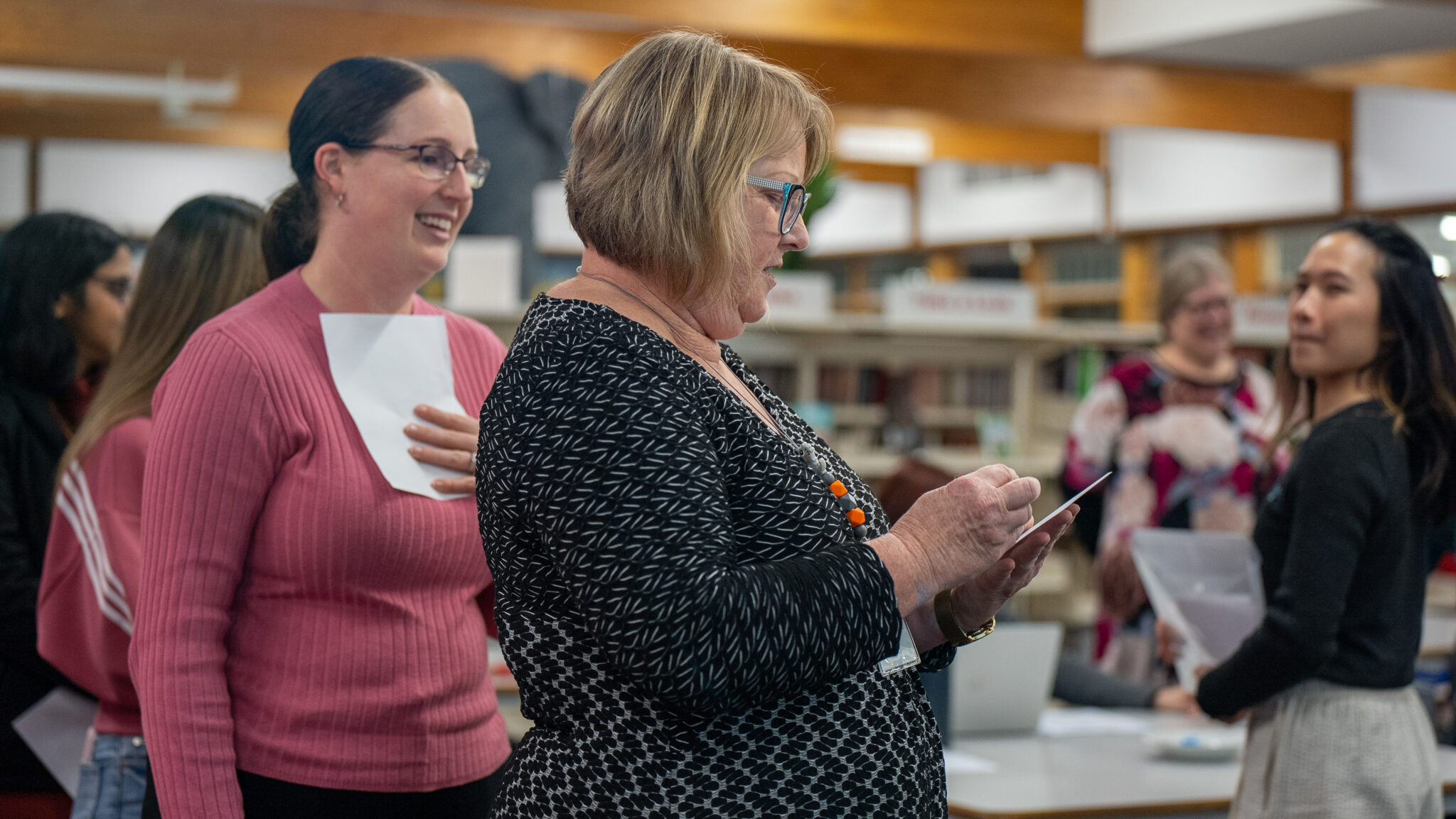
Visual cue cards use images and words to communicate ideas, routines, and expectations, creating a supportive learning environment for children of all ages. These visual aids are particularly transformative for children who experience difficulties with traditional learning methods and/or have special educational needs.
Offering clear, consistent, and engaging ways of understanding, visual cue cards empower children to develop essential communication skills, enhancing their cognitive abilities and fostering their independence. Using cue cards in daily interactions and learning scenarios can significantly alleviate stress, confusion, and anxiety; paving the way for improved mental health and emotional stability.
As you integrate visual cue cards into your daily routines, you’ll notice a transformative effect on your child’s understanding and management of daily tasks. Over time, your child will learn to associate the visual cues with the corresponding actions, enhancing communication and daily habits. Embracing this method can lead to a harmonious home environment where communication flourishes and children feel supported and guided.
Every child is unique – finding the most effective way to use these tools might require some personalisation. If you have any questions or need further assistance tailoring visual supports to your family’s needs, please don’t hesitate to reach out.

Get in touch if you have any questions, or would like to enquire about our services.